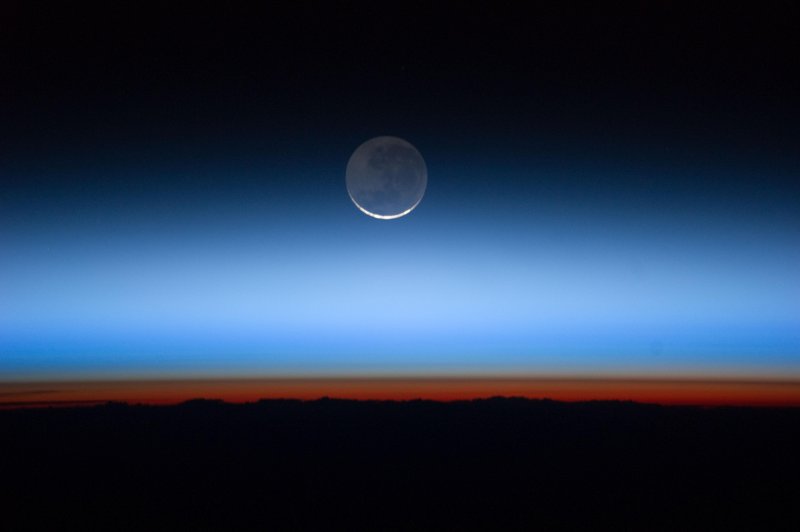WASHINGTON – Attention wealthy nations and billionaires: A team of former NASA executives will fly you to the moon in an out-of-this-world commercial venture combining the wizardry of Apollo and the marketing of Apple.
For a mere $1.5 billion, the business is offering countries the chance to send two people to the moon and back, either for research or national prestige. And if you are an individual with that kind of money to spare, you too can go to the moon for a couple of days.
Some space experts, though, are skeptical of the firm’s financial ability to get to the moon. The venture called Golden Spike Co. was announced Thursday.
Dozens of private space companies have started up recently, but few if any will make it — just like in other fields — said Harvard astronomer Jonathan McDowell, who tracks launches worldwide. “This is unlikely to be the one that will pan out,” he said.
NASA’s last trip to the moon launched 40 years ago Friday. The United States is the only country that has landed people there, beating the Soviet Union in a space race that transfixed the world. But since the race ended, there has been only sporadic interest in the moon.
President Obama canceled NASA’s planned return to the moon, saying America had already been there. On Wednesday, the National Academy of Sciences said the nation’s space agency has no clear goal or direction for future human exploration.
But the ex-NASA officials behind Golden Spike do. It’s that old moon again.
The firm has talked to other countries, which are showing interest, said former NASA associate administrator Alan Stern, Golden Spike’s president. Stern said he’s looking at countries such as South Africa, South Korea, and Japan. One rich individual — he won’t give a name — has also been talking with them, but the company’s main market is foreign nations, he said.
“It’s not about being first. It’s about joining the club,” Stern said. “We’re kind of cleaning up what NASA did in the 1960s. We’re going to make a commodity of it in the 2020s.”
The selling point: “the sex appeal of flying your own astronauts,” Stern said.
Many countries did pony up millions of dollars to fly their astronauts on the Russian space station Mir and American space shuttles in the 1990s, but a billion dollar cost seems a bit steep, Harvard’s McDowell said.
NASA chief spokesman David Weaver said the new company “is further evidence of the timeliness and wisdom of the Obama administration’s overall space policy” which tries to foster commercial space companies.
Getting to the moon would involve several steps: Two astronauts would launch to Earth orbit, and connect with another engine that would send them to lunar orbit. Around the moon, the crew would link up with a lunar orbiter and take a moon landing ship down to the surface.
The company will buy existing rockets and capsules for the launches, Stern said, only needing to develop new spacesuits and a lunar lander.
Stern said he’s aiming for a first launch before the end of the decade and then up to 15 or 20 launches total. Just getting to the first launch will cost the company between $7 billion and $8 billion, he said.
It may be technically feasible, but it’s harder to see how it is financially doable, said former NASA associate administrator Scott Pace, space policy director at George Washington University. Just dealing with the issue of risk and the required test launches is inordinately expensive, he said.
Send questions/comments to the editors.



Success. Please wait for the page to reload. If the page does not reload within 5 seconds, please refresh the page.
Enter your email and password to access comments.
Hi, to comment on stories you must . This profile is in addition to your subscription and website login.
Already have a commenting profile? .
Invalid username/password.
Please check your email to confirm and complete your registration.
Only subscribers are eligible to post comments. Please subscribe or login first for digital access. Here’s why.
Use the form below to reset your password. When you've submitted your account email, we will send an email with a reset code.